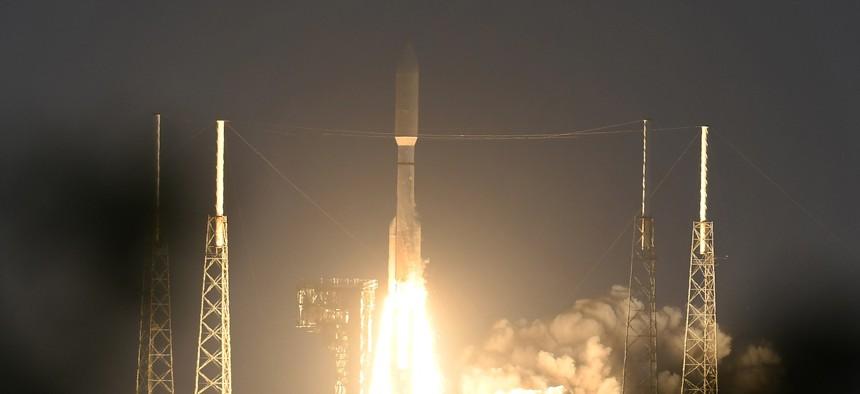In the shadowy realm of Cold War technology, where instruments of destruction transform into tools of surveillance, a remarkable tale unfolds from the windswept coastline of California. Once designed to carry nuclear warheads capable of global devastation, intercontinental ballistic missiles (ICBMs) found a surprising second act as silent sentinels of intelligence gathering. This is a story of technological metamorphosis, where weapons of potential apocalypse were reengineered into precision spacecraft launchers, quietly lifting classified satellites into the infinite darkness of space, far from prying eyes. In the shadowy world of aerospace technology, a remarkable change has taken place at Vandenberg Space Force Base. Formerly designed as instruments of potential global destruction, decommissioned intercontinental ballistic missiles have found a surprising second life as cutting-edge satellite launch vehicles.
The Minotaur rocket series represents a remarkable example of military hardware repurposing,converting Cold War-era strategic weapons into precision space delivery systems. These rockets, constructed from retired Minuteman and Peacekeeper missile components, now serve a wholly different mission – launching classified reconnaissance and communication satellites into orbit.
Northrop Grumman, the primary contractor for these unique launch platforms, has masterfully engineered a process that transforms weapons of war into tools of technological surveillance. The converted ICBMs provide a cost-effective and highly reliable method for placing sensitive government payloads into strategic orbital positions.
Each Minotaur rocket carries significant historical significance,representing a dramatic shift from potential nuclear confrontation to advanced scientific exploration. The solid-fuel rocket stages,originally designed for rapid intercontinental deployment,now propel refined imaging and communication satellites with remarkable precision.
The California launch facility has become a critical hub for these transformed missile platforms. Specialized ground infrastructure allows for rapid readiness and deployment, ensuring that classified missions can be executed with minimal public visibility. The secretive nature of these launches underscores their strategic importance to national security operations.
Technical specifications of these repurposed missiles reveal remarkable capabilities. Multi-stage rocket configurations enable complex orbital insertions, while advanced guidance systems guarantee pinpoint accuracy. The rockets can handle payloads ranging from small reconnaissance microsatellites to more ample communication platforms.Environmental considerations have also played a role in this technological recycling. By converting existing missile stockpiles into launch vehicles, the United States reduces potential waste and maximizes the utility of expensive Cold War-era hardware. Each successful mission represents a testament to engineering innovation and strategic resource management.The ongoing program highlights the remarkable adaptability of aerospace technology. What was once a symbol of potential global destruction now serves as a sophisticated tool for global communication, intelligence gathering, and scientific exploration. This transformation embodies a profound shift from military confrontation to technological collaboration.
As geopolitical landscapes continue evolving, these repurposed missiles stand as a unique symbol of technological adaptation, demonstrating how sophisticated engineering can transform instruments of potential conflict into agents of global connectivity and understanding.



